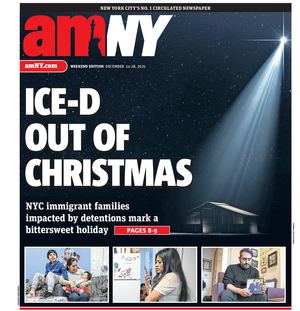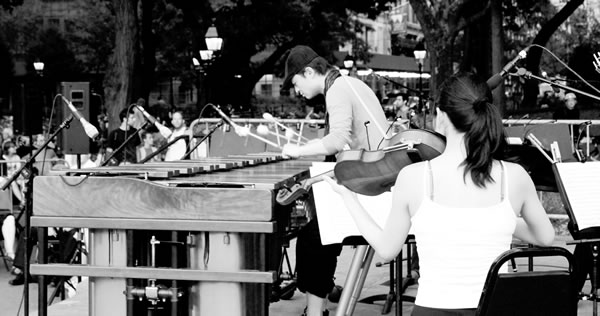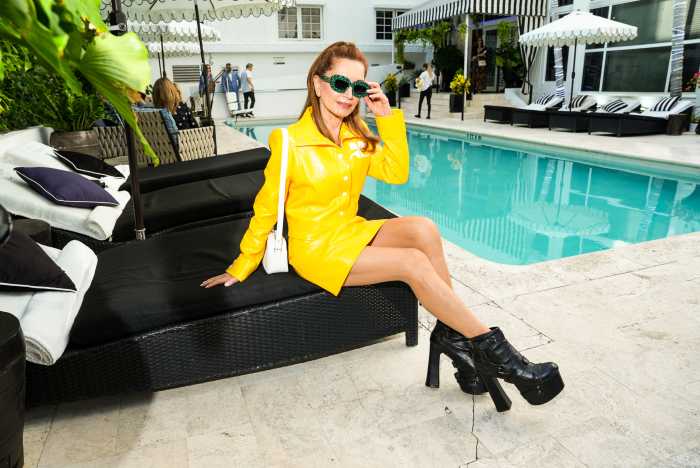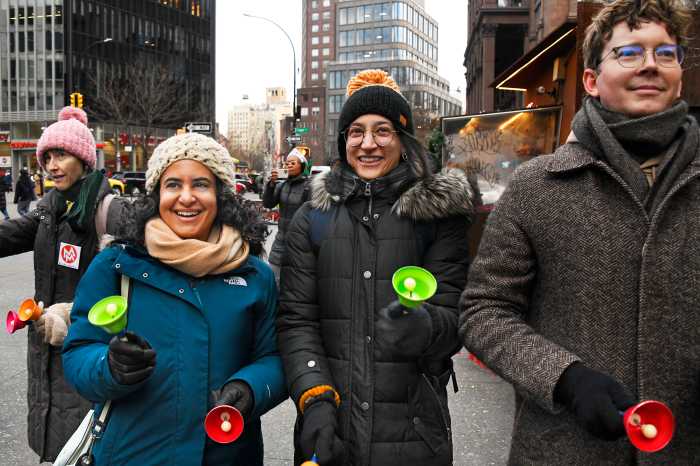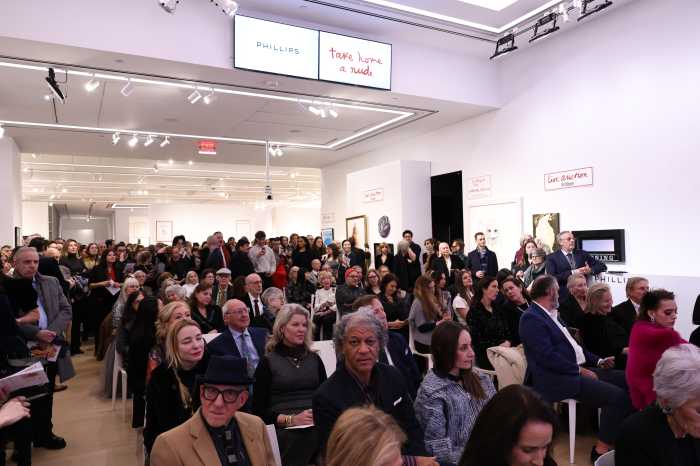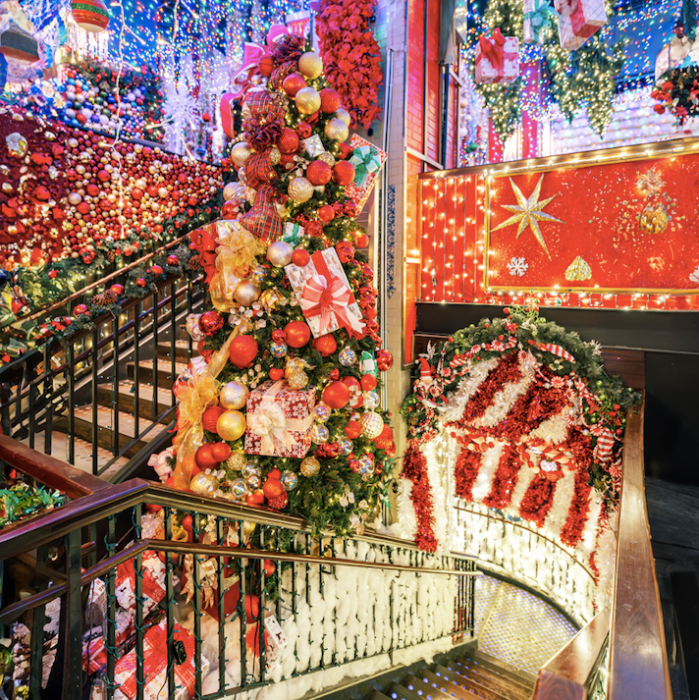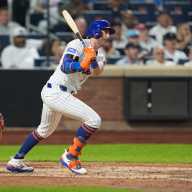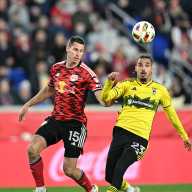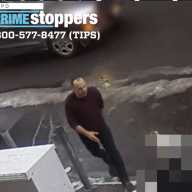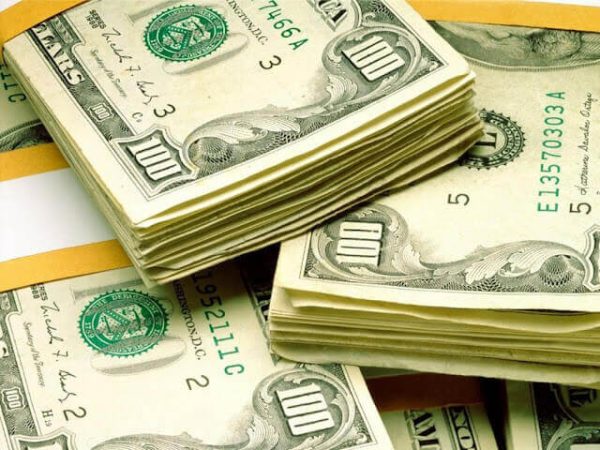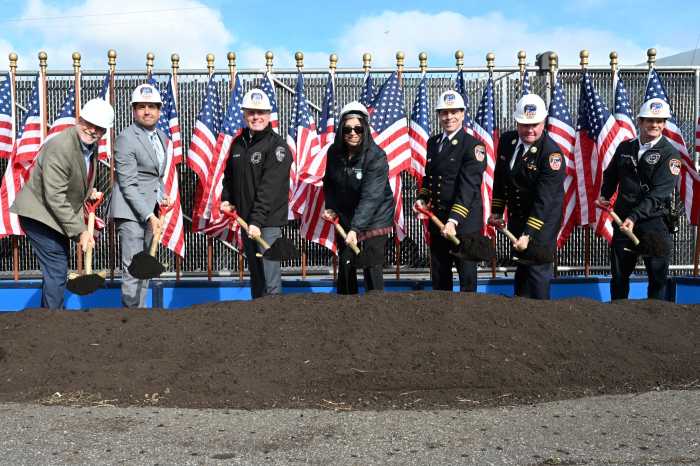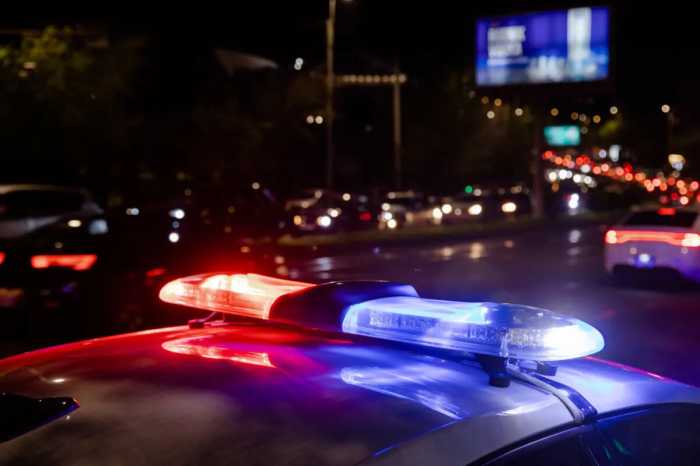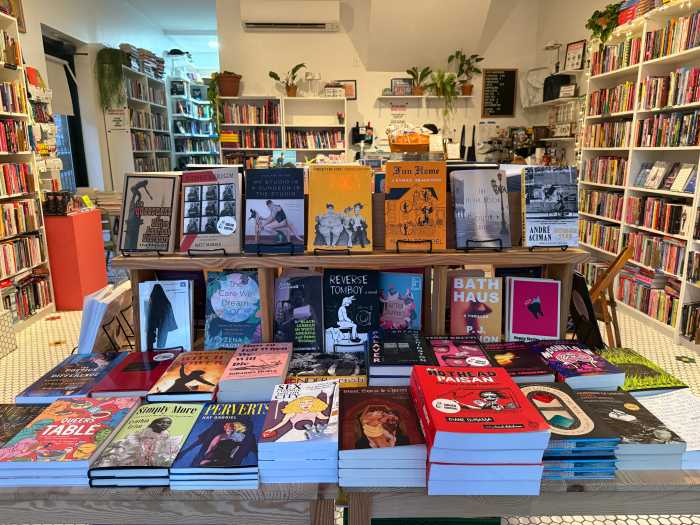BY SAM SPOKONY
Marimbist, chamber orchestra at home in Washington Square
Enveloped by a harmonious aura of pattering fountain mist and distant traffic, Washington Square Park at dusk is a performer’s dream. Without the constrictions and expectations of a concert hall, the park opens itself to a sense of musical discovery — and, as Music Director Lutz Rath termed it, “unfamiliarity.” When Marcel Duchamp climbed the arch in 1917 to declare Greenwich Village an independent state of artistic creativity, he had someone like Rath in mind.
Asked about his goals as the director of the Washington Square Music Festival, Rath said he approaches it with “a different mindset” than do many other leaders of contemporary classical ensembles. With that mission statement in mind, the Festival Chamber Orchestra — along with marimba soloist Pius Cheung — did not disappoint at Tuesday’s presentation of “The Joy of Unfamiliar Music.”
Playing to a full crowd of about 250 seated audience members (who, along with at least another hundred lounging on the grass behind the stage, took pleasure in “the joy of free tickets”), Cheung led off with a masterful interpretation of Bach’s Keyboard Concerto in D Minor, BWV 1052. Backed by a string quartet and double bass, he treated the wide dynamics of the three-movement piece with a soulful yet balanced touch. The triumph of his tone spoke as much to the well-prepared sound crew and the skills of the five supporting string players as it did to his own virtuosic performance. Above all, Cheung’s emotional involvement in the performance was evident. Casually dressed in a pink sweater to match his marimba, he played with a visible sense of freedom and ecstatic abandon.
“This was only my second time playing outdoors,” Cheung said after the concert, “and I’m really loving it. I enjoy the concert hall scene, but I’m always somewhat repelled by the formality that goes along with that. I want to talk to my audience. I want to be in the midst of everything going on. That’s why this is such a perfect setting.”
True to the festival’s blend of traditional and modern, the recognizably epic Bach concerto segued into Opus Number Zoo — an avant-garde series of four movements written by Luciano Berio between 1951 and 1970.
Supported by a wind quintet, Rath brought joyful gusto to his reading of the tune’s absurdly comical spoken word text. Besides being an inventive addition to this particular concert, the piece — with its sense of harmonic dissonance and playfully unpredictable rhythms — served to further distinguish the Festival Chamber Orchestra as an ensemble that, thankfully, is not compelled to adhere to any “classical” idiom.
It is that welcome shifting of styles that most likely drove Rath to place Vincenzo Gambaro’s Quartet Concertante op. 4 in F Major (for flute, clarinet, bassoon and horn) immediately after the brief intermission that followed the second piece. A more typically classical composition — with a typically beautiful melody, which was nicely phrased and shared between each instrument — the Concertante, in this case, created a much more profound impact than it would have in a solely traditional setting.
Thomas Hutchinson’s solo on alto trombone (backed by a string quartet) cut through background noise of the street like only a brightly toned brass instrument can — providing a fresh take on Corrado Maria Saglietti’s Suite for alto trombone and string quartet (1993).
Cheung capped the evening with Emmanuel Sejourne’s gorgeously composed Concerto for marimba and strings (2005). With light yet sharply defined passages that were both tonally and rhythmically reminiscent of classic, mid-20th century French films, the harmonically open, two-movement piece showed the marimbist at both his flashiest and most sensitive. After completing the final tune, he asked the crowd if they’d let him play one more solo. They happily, and loudly, obliged.
Those who attend the Washington Square Music Festival (especially casual listeners) should expect to be immersed in a historical and cultural arrangement of music that is as simply enjoyable as it is intellectually potent — as Rath has tapped into a vein that runs straight to the heart of musical creativity. For many of the members of the Festival Chamber Orchestra, that artistic freedom is what draws them back to the park each year. But for Pavel Knapik, a bassist who is in his second year of playing for the festival, those emotions are coupled with some that are even more personal.
“It’s the neighborhood,” Knapik said after the concert, when asked why he got involved. “This is such a special area; I used to live down here, and I still love it. So when I’m playing in the park, I feel like I’m home.”
The festival continues on July 26 with “Music Making by the Master.” The concert will include performances of Mozart’s Quintet for Clarinet and Strings, Anton Arensky’s String Quartet op 35 in A minor and a piece by the modern, Argentine tango composer Astor Piazzolla entitled “Four for Tango.” Along with the Festival Chamber Orchestra, the show will feature Stanley Drucker, former principal clarinetist of the New York Philharmonic (who had held that position for 49 years until his retirement in 2009).
After that thorough blend of traditional and contemporary music, the 2011 Washington Square Music Festival closes with a concert that steps entirely outside the classical realm. The August 2 finale will feature The Charles Mingus Orchestra, a ten-piece ensemble performing a variety of tunes composed by the legendary jazz bassist after whom it is named.
For more info, visit washingtonsquaremusicfestival.org or call 212-252-3621. The rainspace for all concerts is St. Joseph’s Roman Catholic Church, 371 Sixth Avenue.
Ku-umba Frank Lacy, on trombone with the Charles Mingus Orchestra (Aug. 2, 8pm).
